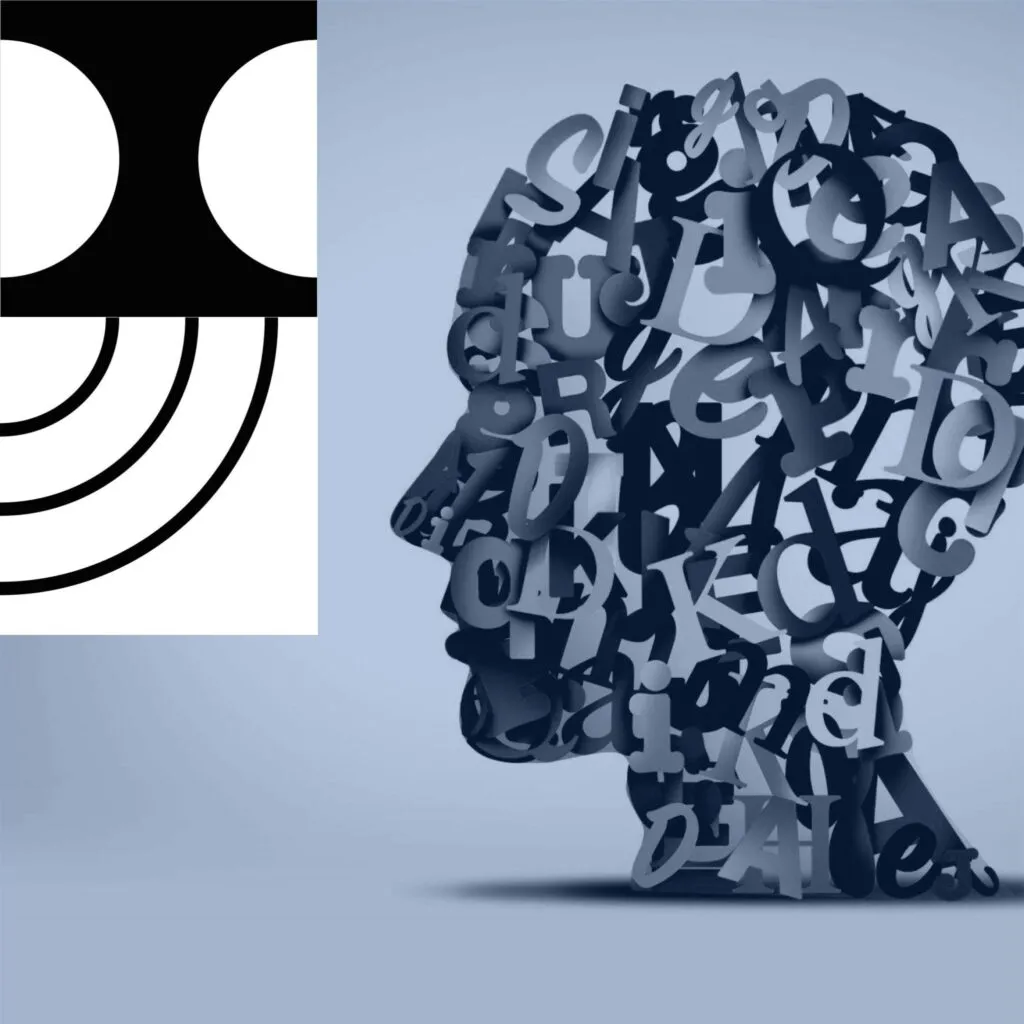In recognition of Dyslexia Awareness Month, O3 is shedding light on the challenges that dyslexic learners face when it comes to accessibility. Here are five key ways dyslexic learners can be impacted by digital accessibility issues.
What is dyslexia?
Dyslexia is a neurodevelopmental condition that affects an individual’s ability to read, write, and spell and there is a critical need for accessibility in digital content for these learning styles. Dyslexic learners often encounter significant challenges due to digital accessibility issues, which can impact their educational and professional experiences.
1. Typography and fonts matter
Dyslexic learners can struggle to read content with intricate fonts; for instance, imagine a student attempting to decipher a cursive font on an educational website versus the ease of reading clear, sans-serif text. The difference is like trying to solve a puzzle with missing pieces versus having a complete picture – accessible fonts provide a smoother path to comprehension.
2. Color and contrast
Inadequate color contrast can hinder individuals from accessing information, like a poorly designed website with light gray text on a white background, making it almost illegible for them. It’s akin to trying to read words written in disappearing ink – frustrating and nearly impossible.
3. Audio support
Imagine a professional trying to comprehend a dense financial report; providing an audio version would enable them to absorb the information more effectively. This is akin to offering a GPS for navigating complex terrain—it guides you through smoothly, ensuring you reach your destination with confidence.
4. Content structure and organization
Picture a high school student navigating a research paper without clear headings or bullet points; a well-structured paper with proper formatting would significantly improve their ability to grasp the content. It’s like having a well-marked trail in a dense forest – it simplifies the journey, making it easier to navigate.
5. Interactive elements and readability
Think about a job applicant struggling to fill out a complex online job application; a user-friendly, dyslexia-friendly design would make the process smoother, allowing them to showcase their skills and qualifications more effectively. It’s like having an experienced mentor by your side, guiding you through the application process with clarity and support.
In conclusion
Digital accessibility is not just about compliance; it’s about creating a more inclusive and equitable online experience for everyone. Dyslexic learners, like many others, benefit immensely from well-designed digital content and interfaces. To learn more about digital accessibility and how it impacts individuals with dyslexia, check out our comprehensive accessibility article. Together, let’s make the digital world a place where everyone can thrive, regardless of their abilities or challenges. Contact O3 to learn more about our accessibility offerings.
O3 helps organizations unlock growth and streamline operations through smart strategy, human-centered design, and integrated technology. We’re also the force behind the 1682 Conference, where leaders explore how AI shapes profit and process. Learn more about our work and innovation.
